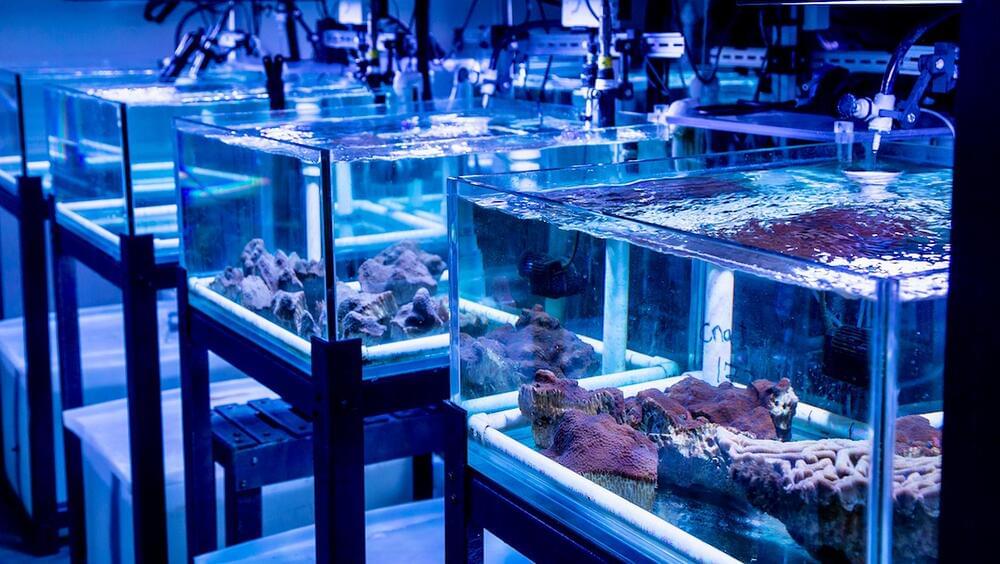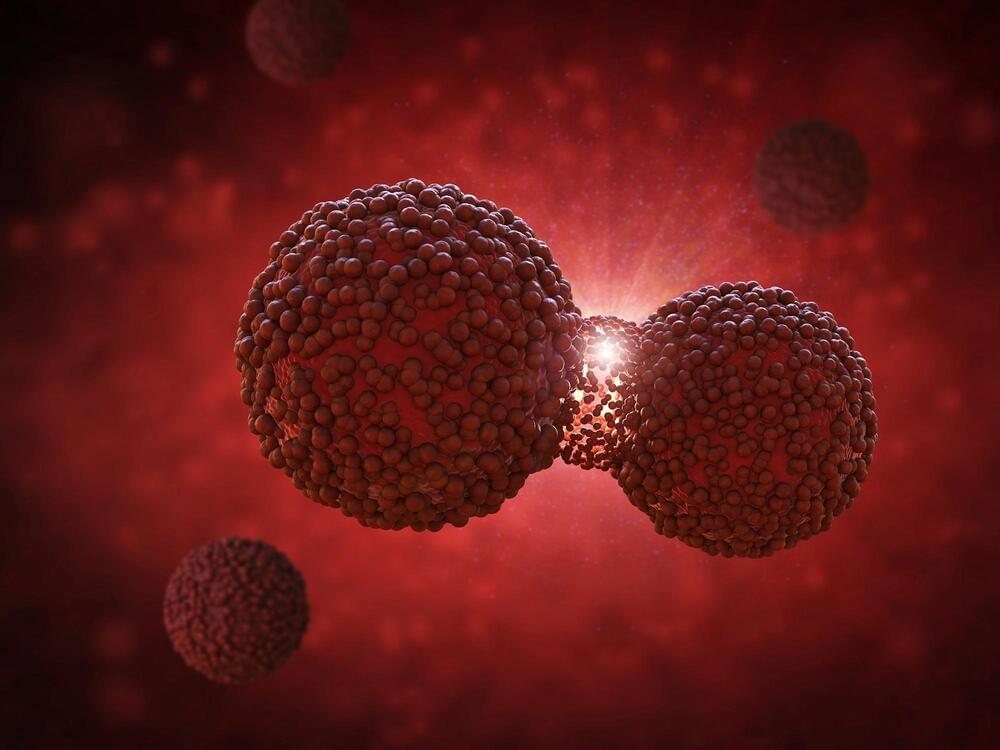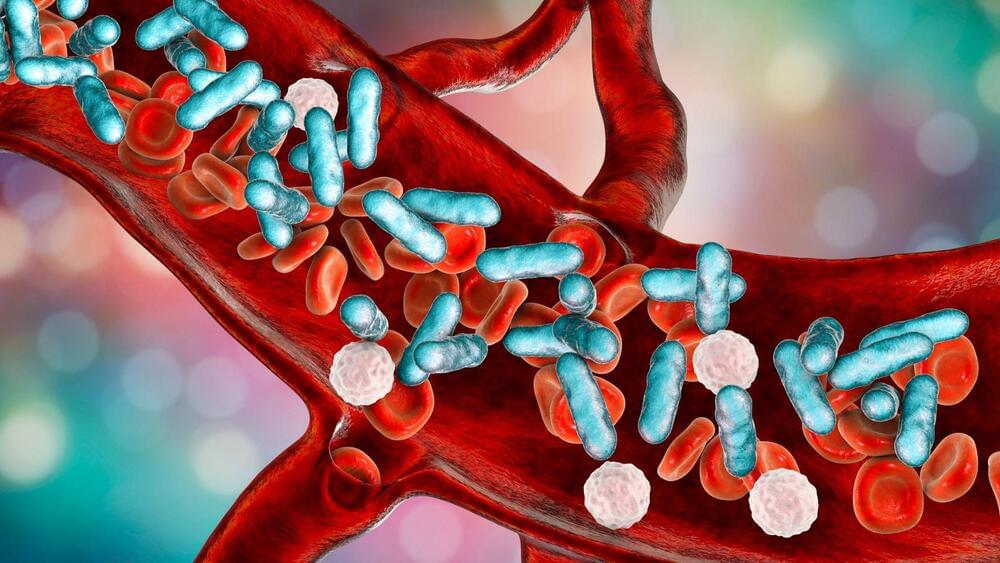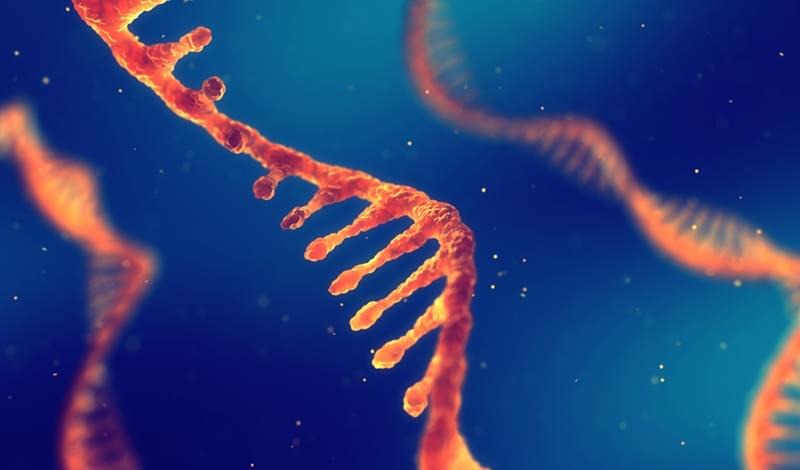Jan 8, 2023
Puzzling Biochemists for Decades: Reconstruction of Two-Billion-Year-Old Enzyme Solves a Long-Standing Mystery
Posted by Saúl Morales Rodriguéz in categories: biotech/medical, food, genetics
The research team reconstructed an ancestral enzyme by searching databases for corresponding modern enzymes, using the obtained sequences to calculate the original sequence, and introducing the corresponding gene sequence into lab bacteria to produce the desired protein. The enzyme was then studied in detail and compared to modern enzymes.
The research team, led by Professors Mario Mörl and Sonja Prohaska, focused on enzymes called tRNA nucleotidyltransferases, which attach three nucleotide building blocks in the sequence C-C-A to small RNAs (transfer RNAs) in cells. These RNAs are subsequently used to supply amino acids.
<div class=””> <div class=””><br />Amino acids are a set of organic compounds used to build proteins. There are about 500 naturally occurring known amino acids, though only 20 appear in the genetic code. Proteins consist of one or more chains of amino acids called polypeptides. The sequence of the amino acid chain causes the polypeptide to fold into a shape that is biologically active. The amino acid sequences of proteins are encoded in the genes. Nine proteinogenic amino acids are called “essential” for humans because they cannot be produced from other compounds by the human body and so must be taken in as food.<br /></div> </div>

















